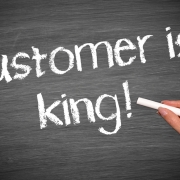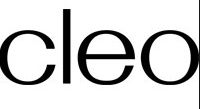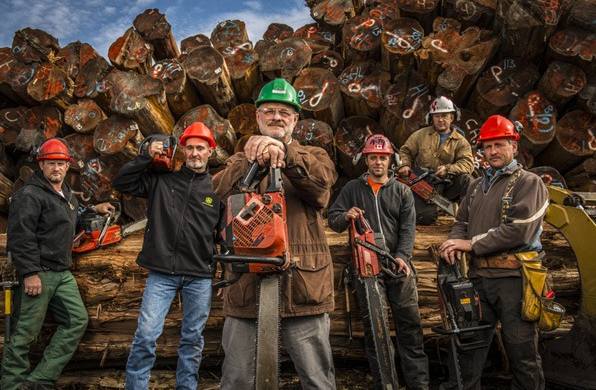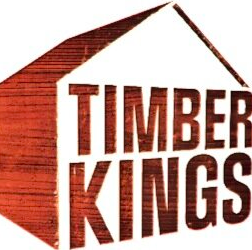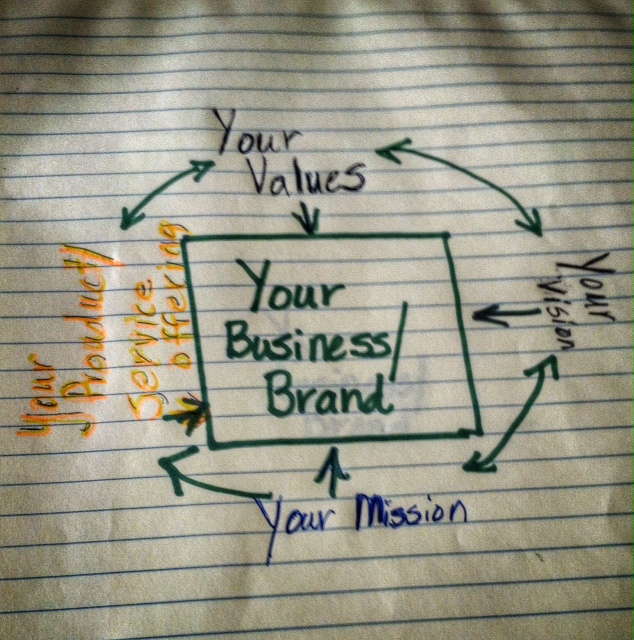Why Your Customer Service is Failing
Are sales not what you expect? Are repeat customers non-existent? These are two indications that your customer service is failing! Customer service is not intended to be just words that business owners or managers talk about. Customer service is meant to be the beliefs, words and most importantly the ACTIONS of every person who works for the business.
Let me give you examples of the the really good and the really bad in terms of customer service that I have had in the last year – starting with the really bad first:
Not long ago I heard about a clothing store that was not only supposed to have great work clothes (a.k.a suits, etc.) but also very reasonably priced suits. Hey, who doesn’t like a bargain? So, on a particular weekend I trekked across town to a store called Olga. As I approached it looked promising. I saw some nice things.
The positive experience really ends there however. I was there to buy. Let’s make that clear. Despite this however, I could not get either of the people working there to even acknowledge me. Now, being nearly 6′, it’s not like I blend in to the clothing racks. I covered the entire store, selected some items off the racks and looked to the people working as I had questions. I even said “excuse me” at one point and the response…well, might as well have been chirping birds. Nothing. Nada. Then to add insult to injury two other potential shoppers came in. And while you can’t judge a book by the cover, I felt confident that these shoppers would not be the typical customer. Their style was just completely different. Both employees…did I mention both employees greeted them and asked if they needed help. One of the ladies responded saying “Nah, we were just walking by and didn’t realize what kinda store this is. There’s nothing here that I would be interested in.” And, they left. Meanwhile I am still standing there and still nothing. So, I put the items I had in my hands back on the rack and walked out. I won’t be going back. This store offered zero customer service. It was clear, in my opinion, that the workers in this store had no idea what customer service is.
Why do I classify this as “ugly?” Simply put, the workers in this small store were not young kids. In other words, they should “get it”. One or both might have been an owner, but that is just an assumption. I don’t believe that this is a chain store either. All of these things combined result in the owner(s) of this store being in a position to build their brand and their customer base based on the quality of service and product offered. They really can’t afford to dismiss people.
On the other hand, there is cleo. Now cleo is a chain. There is some brand recognition associated with the chain. It is also clear that the staff have been trained. The key here? Did I mention that the staff have been trained. They have been trained to represent the brand. A brand is more than a logo and this is probably where a lot of people fail. Rather than thinking that your brand is what you promise to deliver, many people focus on the logo and the colours. cleo on the other hand has gotten it right. They know that their brand is focused on the professional women looking for on-trend clothing options at reasonable prices. This is what cleo means to me. To me this is their brand.
What is the Olga Moda brand? Again, this is my take based on my experience of what they deliver. Olga is a clothing store that doesn’t know who they are or who their customers are. As a result, they don’t understand the value of a person walking into the store and therefore ignore people willing/wanting to buy. They represent a bad experience. To me, their brand is not caring, not knowing and just not the place to shop.
It really is unfortunate when a business has not taken the time to identify their values, develop what they want to be in the eyes of their customers and potential customers. Finally it is a hug mistake to train your employees on the importance of who you are and what the brand is. These are all big misses that are completely avoidable!
Want to learn more about how you can develop your brand, train your employees and develop your business? Contact us. We can help.

